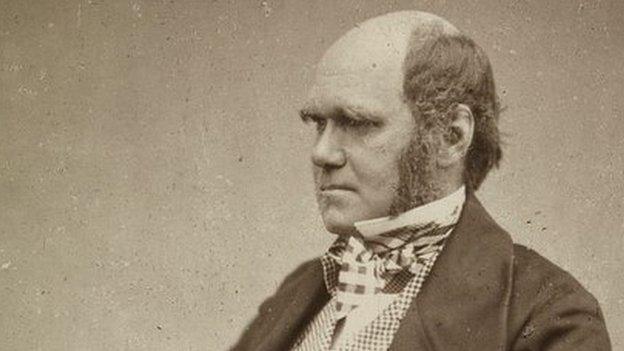Cambridge science history museum reopens after renovation
- Published
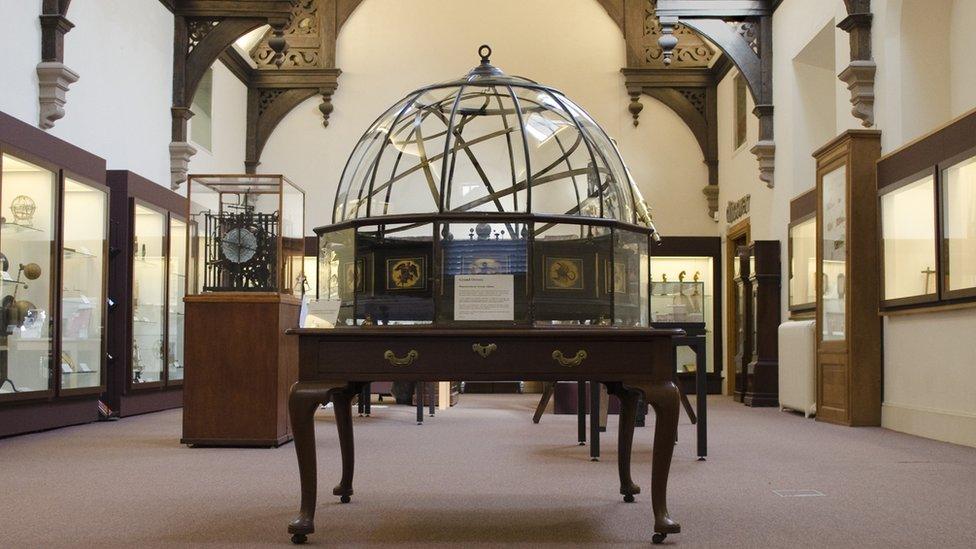
The six-planet "grand orrery" forms the centrepiece of the museum's main gallery
A museum charting the history of science through a collection of antique items of apparatus has reopened in Cambridge after a 10-month refit.
The Whipple Museum of the History of Science holds more than 10,000 scientific instruments and rare books.
It includes a microscope used by Charles Darwin and a six-planet "grand orrery" - a model of the solar system - dating from about 1750.
Collections manager Claire Wallace described it as a "magical space".
The museum, in Free School Lane, was founded in 1944 when Robert Stewart Whipple, a founding fellow of the Institute of Physics, donated his collection to Cambridge University.
Housed in the Grade II-listed former Laboratory of Physical Chemistry, the building closed in July 2018 for structural repairs, installing new flooring and for conservation work to the roof.

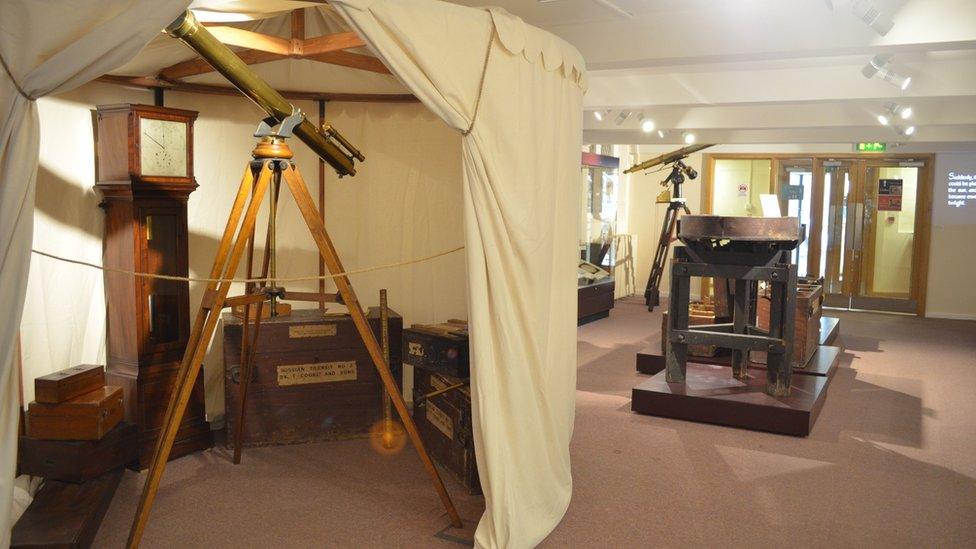
It contains instruments used in astronomy dating from the 17th to 19th Centuries
It contains instruments of astronomy, navigation and mathematics - as well as globes, sundials and telescopes dating from the 17th to the 19th Centuries.
Rare books, including Isaac Newton's Principia Mathematica and Christiaan Huygens's Horologium Oscillatorium, detailing the invention of the pendulum clock, are also held.
The grand orrery, an "unusual and rare piece" made by George Adams circa 1750, demonstrates the movement of the six known planets around the Sun.
Neptune, Uranus and the dwarf planet Pluto had not been discovered at the time it was made.
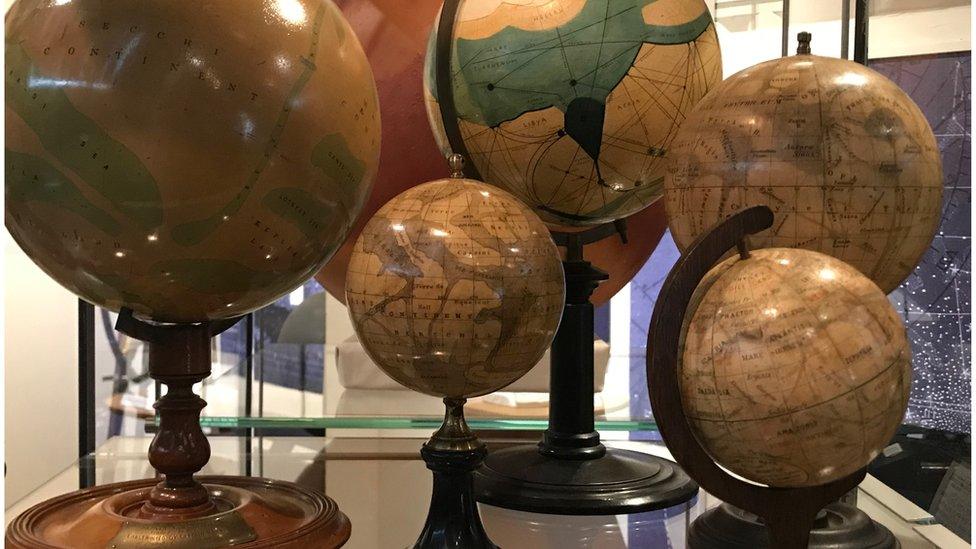
The museum houses a huge collection of scientific equipment studied by the university today
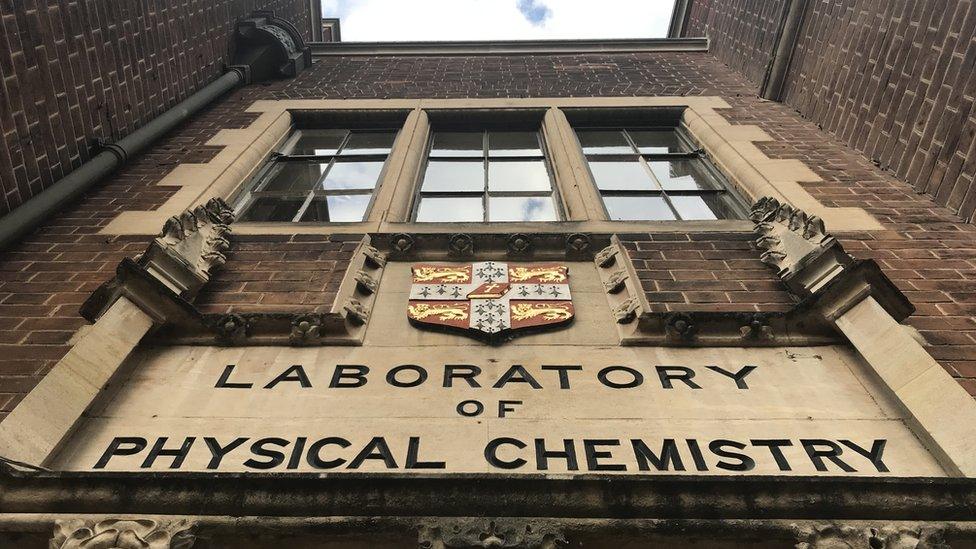
The Whipple Museum is in the former Laboratory of Physical Chemistry building in Free School Lane
"The collection illuminates both the general cultural significance of scientific pursuits and the life and achievements of great scientists," said Ms Wallace.
"Moving all of the objects has been like a huge 3D jigsaw puzzle which has taken us months to complete.
"The main gallery, in particular, is a spectacular, magical space and it is a delight to be able to share it again with the general public."
- Published14 April 2019
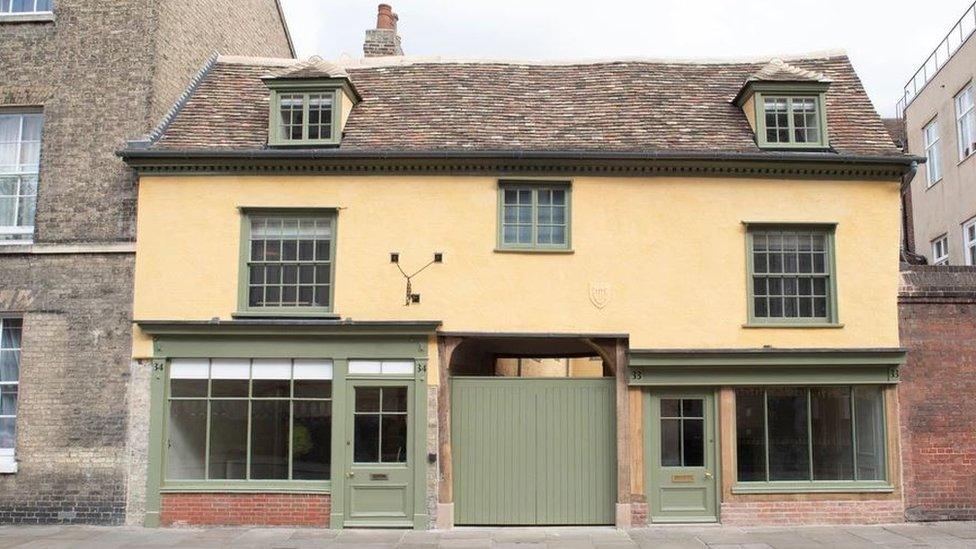
- Published24 October 2018
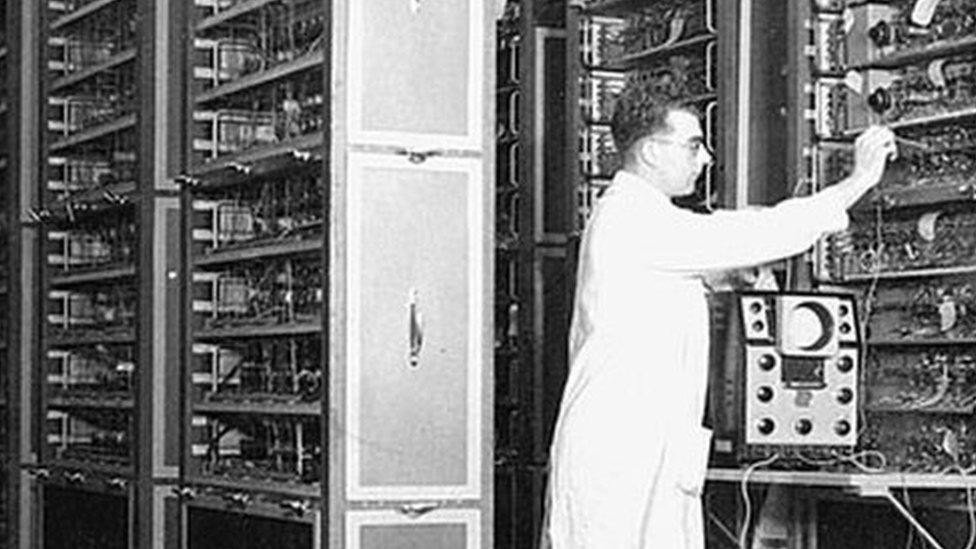
- Published21 June 2018
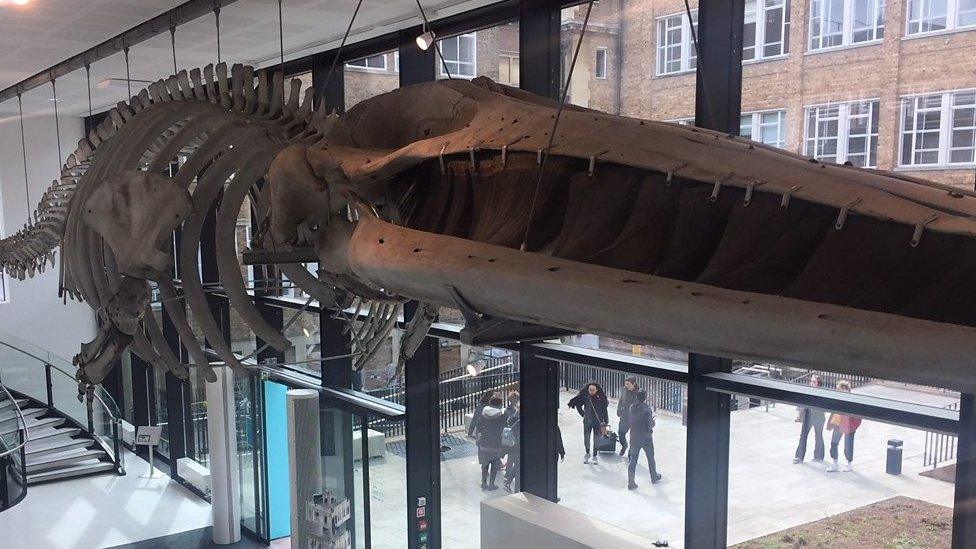
- Published12 May 2018
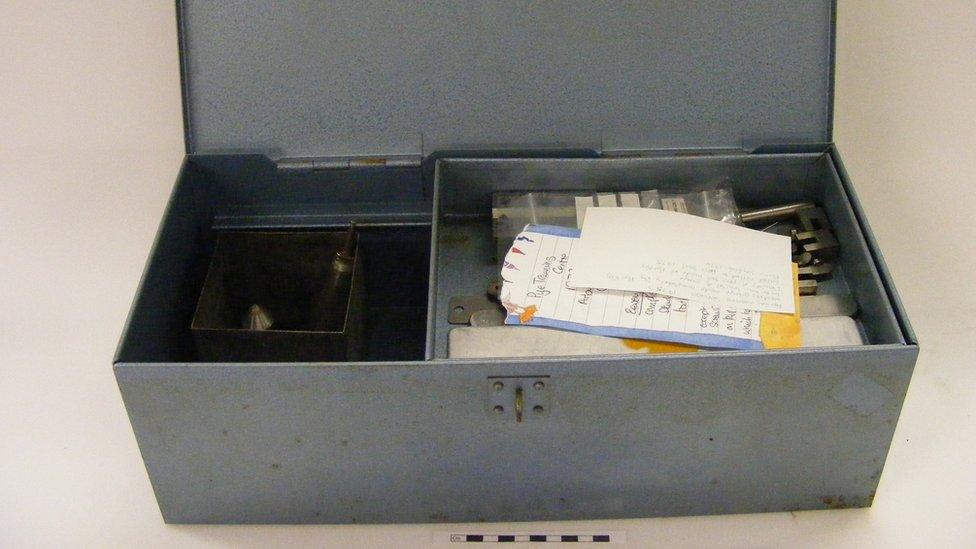
- Published24 November 2014
